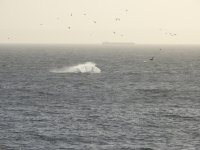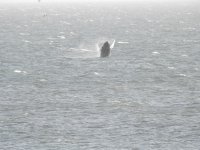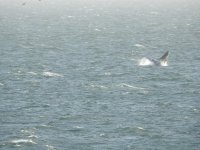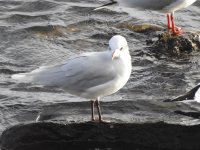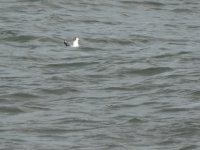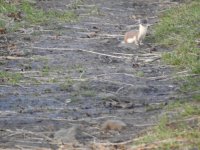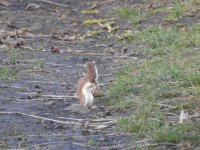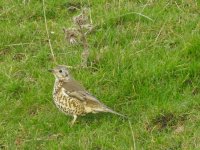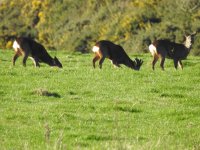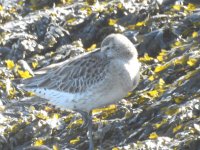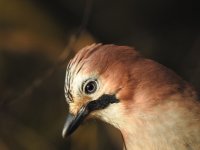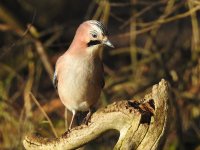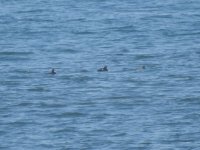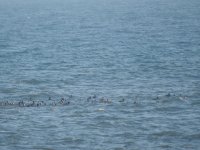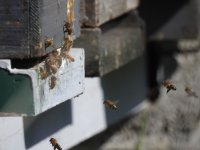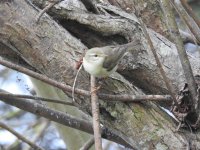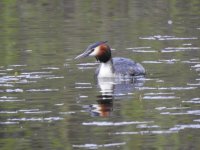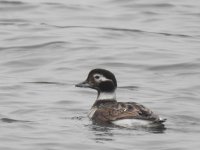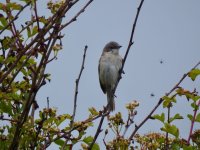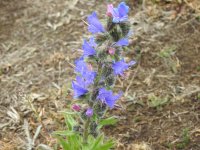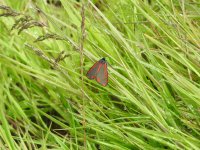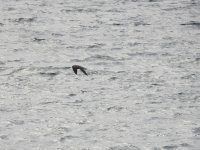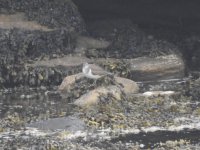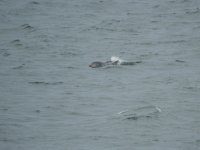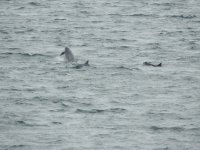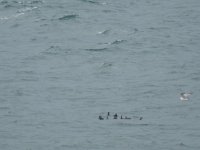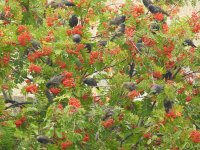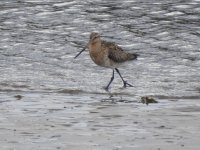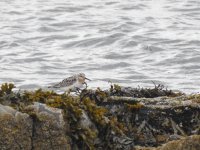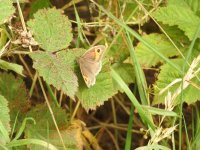Firstly, a happy new year to everyone.
A couple of days ago, I carried out an extensive tour of the loch area. Part of the reason for this was to carry out a health check on the local bird population, following the discovery of a Dunnock with Avian pox by one of the KLWG members. Sadly, I did find another bird with pox. This time a Yellowhammer; so not good news. I've also been informed of other infected birds, and even a couple of fatalities, locally. We are informing everyone we can, to carry out extra cleaning of their feeders.
This morning dawned, but I was not expecting too much, as with Covid running rife, I had decided to stick to my home patch, instead of my more usual New Year day tour further afield. However, events between 11:00 hrs and 13:00 hrs have convinced me that the right decision had been made.
Heading past the tower, and up the slope, I was alerted to something special, by the excited cries from the young children of a family that I had just past. They were jumping up and down, and pointing out to sea. I scanned the general area, and as I did, a Hump-backed Whale breached the surface. The whale then proceeded to breach, leap, roll, splash, and generally put on a show for the next 20 minutes. This patch has given me many wonderful moments, but those 20 minutes were absolutely golden!
Moving on, I spotted a gull on the water, that even at distance looked a little different. I grabbed a few shots, and later, in front of my computer screen, I found that I had a suspected Little Gull. This has been confirmed on the Bird ID pages of these fora. This is a patch tick for me, so particularly pleasing, especially considering that patch ticks are getting much more difficult to achieve.
And finally, in a group of about 80 BHGs, I managed to sort out a Mediterranean Gull.
All in all, not bad for the first day of the year!
A couple of days ago, I carried out an extensive tour of the loch area. Part of the reason for this was to carry out a health check on the local bird population, following the discovery of a Dunnock with Avian pox by one of the KLWG members. Sadly, I did find another bird with pox. This time a Yellowhammer; so not good news. I've also been informed of other infected birds, and even a couple of fatalities, locally. We are informing everyone we can, to carry out extra cleaning of their feeders.
This morning dawned, but I was not expecting too much, as with Covid running rife, I had decided to stick to my home patch, instead of my more usual New Year day tour further afield. However, events between 11:00 hrs and 13:00 hrs have convinced me that the right decision had been made.
Heading past the tower, and up the slope, I was alerted to something special, by the excited cries from the young children of a family that I had just past. They were jumping up and down, and pointing out to sea. I scanned the general area, and as I did, a Hump-backed Whale breached the surface. The whale then proceeded to breach, leap, roll, splash, and generally put on a show for the next 20 minutes. This patch has given me many wonderful moments, but those 20 minutes were absolutely golden!
Moving on, I spotted a gull on the water, that even at distance looked a little different. I grabbed a few shots, and later, in front of my computer screen, I found that I had a suspected Little Gull. This has been confirmed on the Bird ID pages of these fora. This is a patch tick for me, so particularly pleasing, especially considering that patch ticks are getting much more difficult to achieve.
And finally, in a group of about 80 BHGs, I managed to sort out a Mediterranean Gull.
All in all, not bad for the first day of the year!




